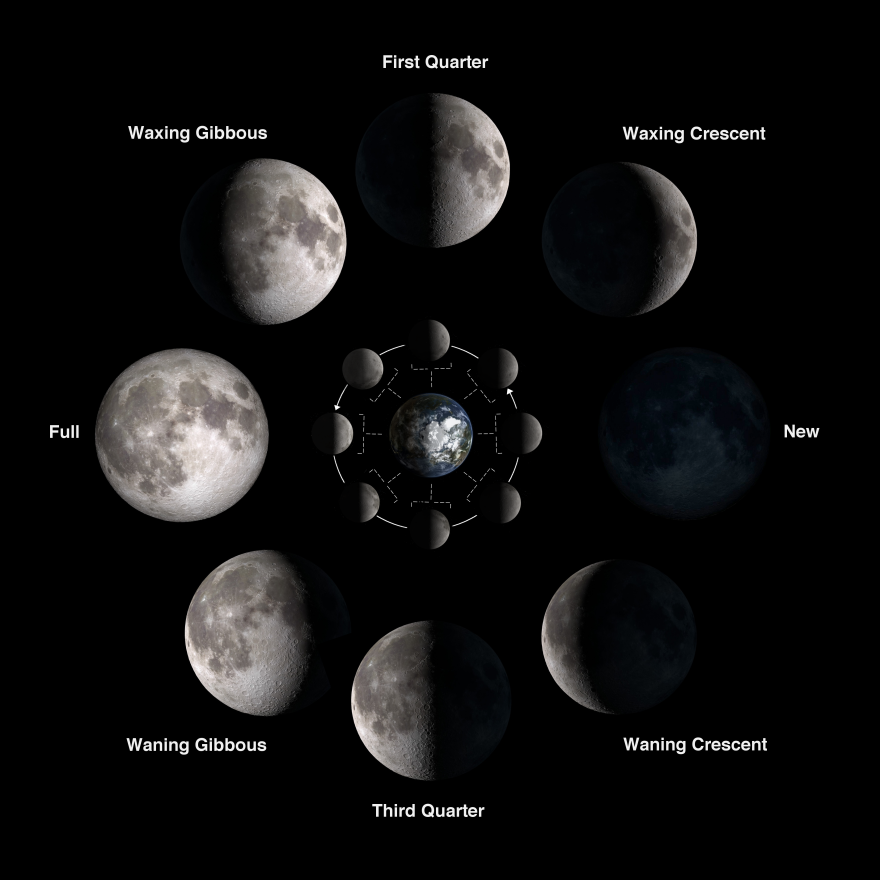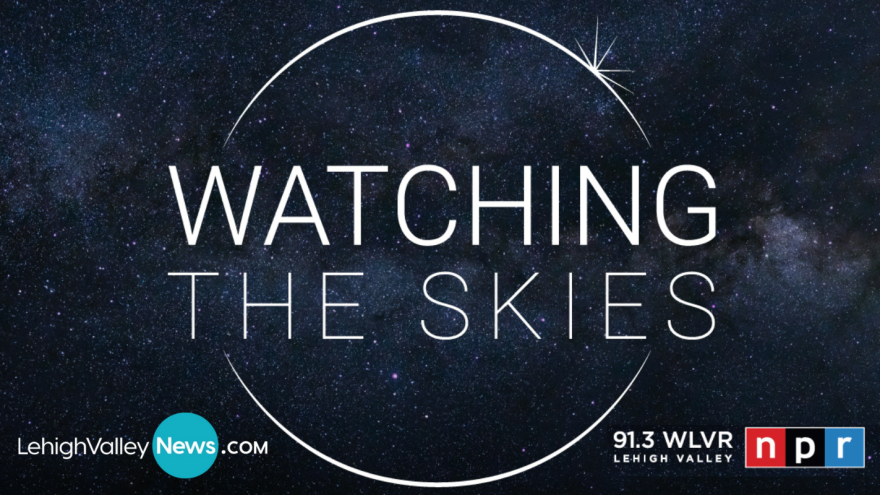BETHLEHEM, Pa. - Brad Klein reviews the week’s astronomical highlights with Bethlehem’s "Backyard Astronomy Guy," Marty McGuire.
This week, the basics of watching what Juliet, that star-crossed lover, called the "inconstant moon."
Although we all learn that the Earth orbits the sun, and the moon orbits the Earth, that’s not really the way we experience the solar system from the Lehigh Valley. From our point of view, the sun and moon appear to rise and set. And it’s rewarding to understand that process as seen from our location in the Northern Hemisphere.

Starting with the full moon, like the one that occurs this Friday, June 21, it’s fairly simple to remember that as the sun sets below the western horizon, the moon rises in the East. And of course the opposite is true as well. Sunrise is a fairly accurate prediction of moonset, when the moon is full.
Things become a bit harder to imagine, and remember, as the moon appears to wax and wane over the course of the month. After Friday’s full moon, the illuminated portion that we can see from Earth will appear to shrink. And the portion in shadow will grow, until the "new moon," when we can’t see any of the moon’s illuminated surface at all.
One way to think about the moon’s progression in the course of its monthly phases is like this: the young, waxing moon is illuminated on its right hand side as we look at it from the Lehigh Valley. And that young crescent moon appears in the western sky as the sun sets. At the other end of the moon’s cycle, the waning crescent moon appears illuminated on its left side, and it becomes visible in the East, until it is washed out by the rising sun.
If it is hard to hold all that in your memory, you can always rely on a star map online, or one of many apps for your smartphone to keep track of the phases of the moon, and what time it rises and sets on a given day.



